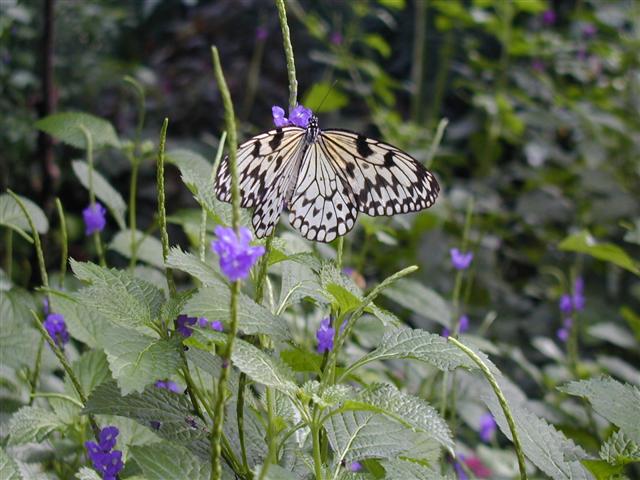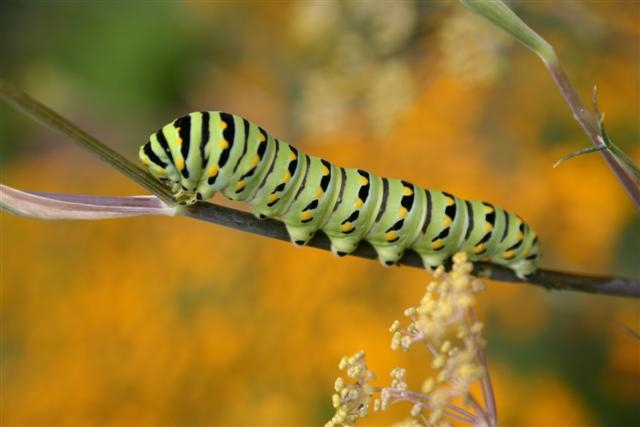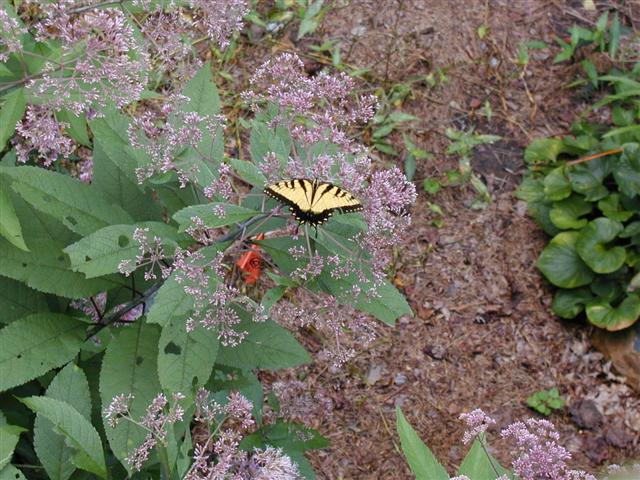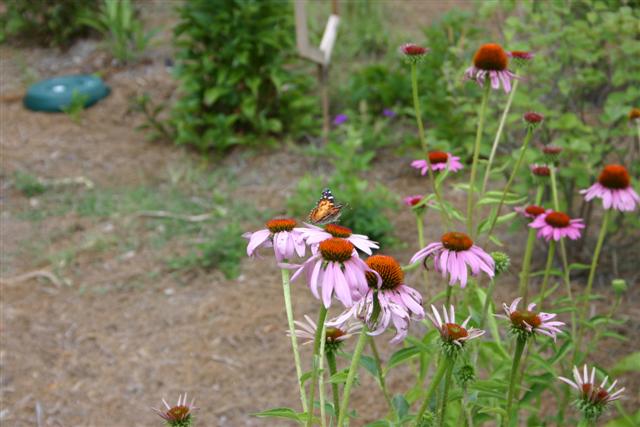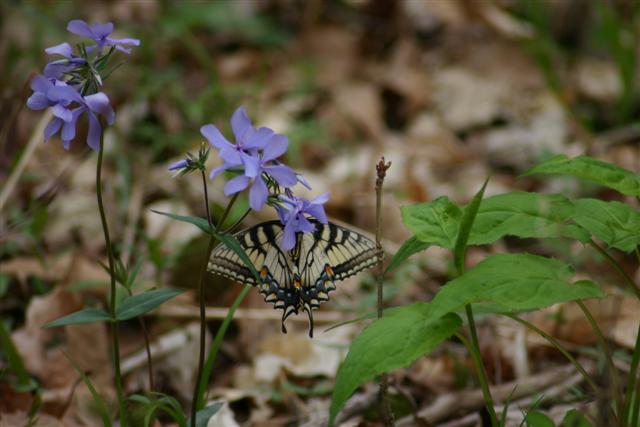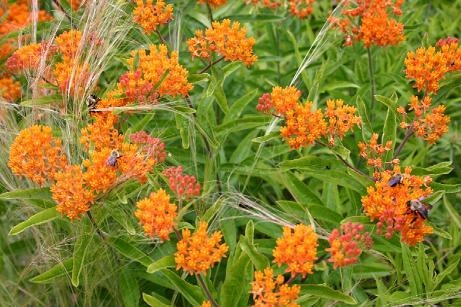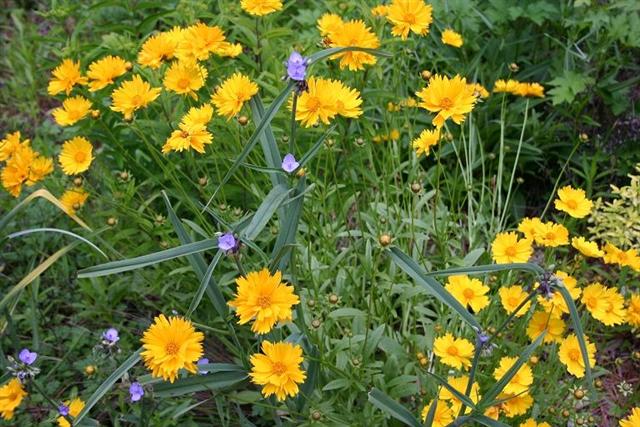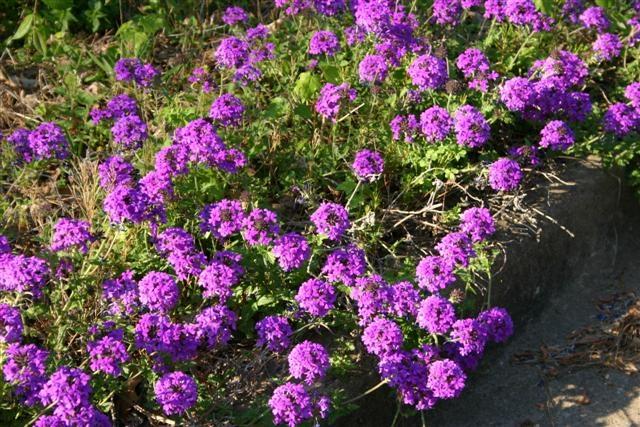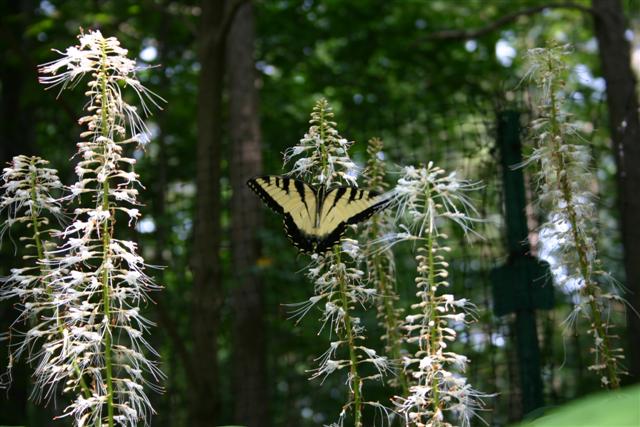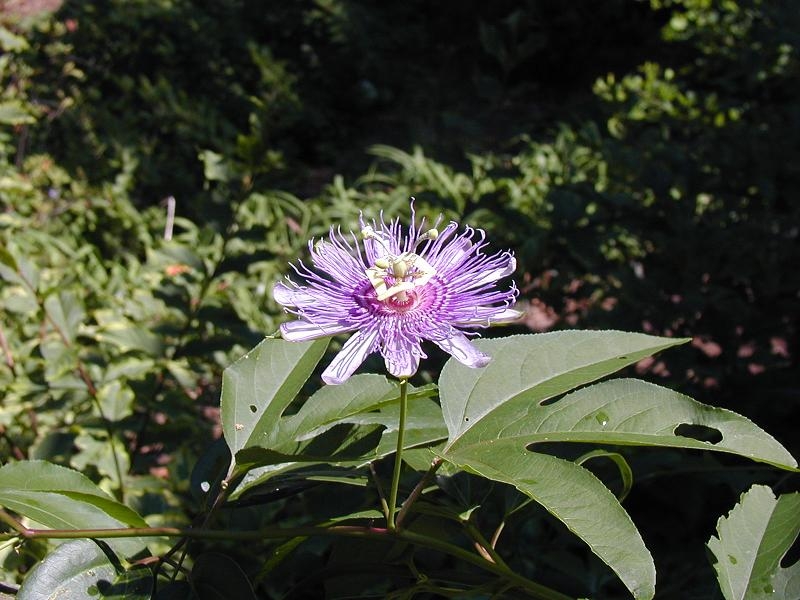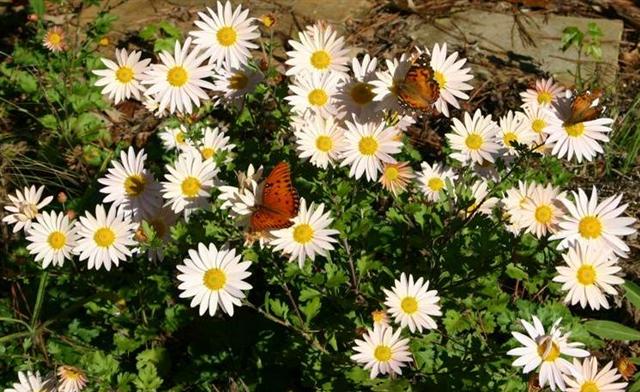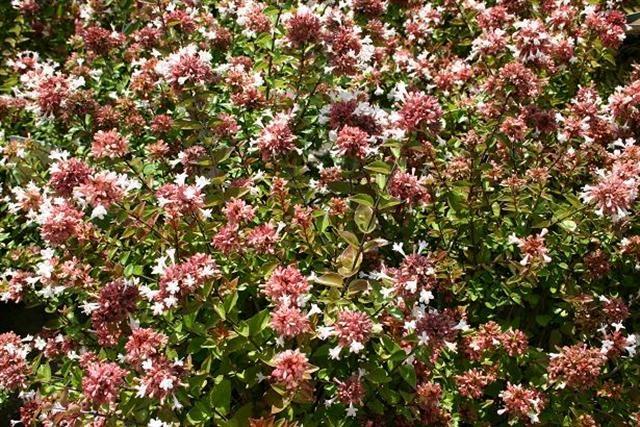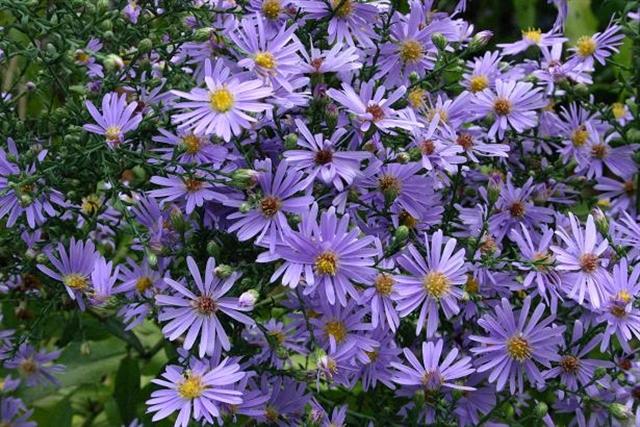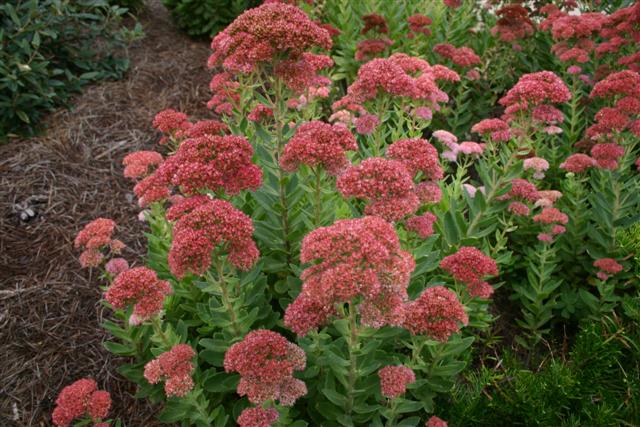| Butterfly
|
Host Plant Common Name
|
Host Plant Latin Name
|
| Monarch
|
Milkweed/Butterfly Weed
|
Asclepias spp.
|
| Gulf Fritillary
|
Passion Vine
|
Passiflora spp.
|
| Variegated Fritillary
|
Violets & Passion Vine
|
Viola spp., Passiflora spp.
|
| Spicebush Swallowtail
|
Sassafras Tree
|
Sassafras albidum
|
| E. Black Swallowtail
|
Angelica & related species
|
Angelica spp. (Apiaceae Family)
|
| Zebra Swallowtail
|
Pawpaw Tree
|
Asimina triloba
|
| Pipevine Swallowtail
|
Pipevine
|
Aristolochia spp.
|
| Tiger Swallowtail
|
Tulip Poplar, Cottonwood
|
Liriodendron tulipifera
Populus spp.
|
| Pearl Crescent
|
Asters
|
Symphiotrichum spp., etc.
|
| Painted Lady
|
Thistles
|
Cirsium spp.
|
| Red Admiral
|
Nettles
|
Urtica/Boehmeria spp.
|
| Sulphurs
|
Clover
|
Trifolium spp.
|
| Checkered Skipper
|
Asters
|
Symphiotrichum spp., etc.
|
| Viceroy
|
Willows, Cherries, Plums
|
Salix spp., Prunus spp.
|
| Mourning Cloak
|
Elm, Willow, Cottonwood
|
Ulmus, Salix & Populus spp.
|
| Banded Admiral
|
Birch Tree
|
Betula nigra
|
